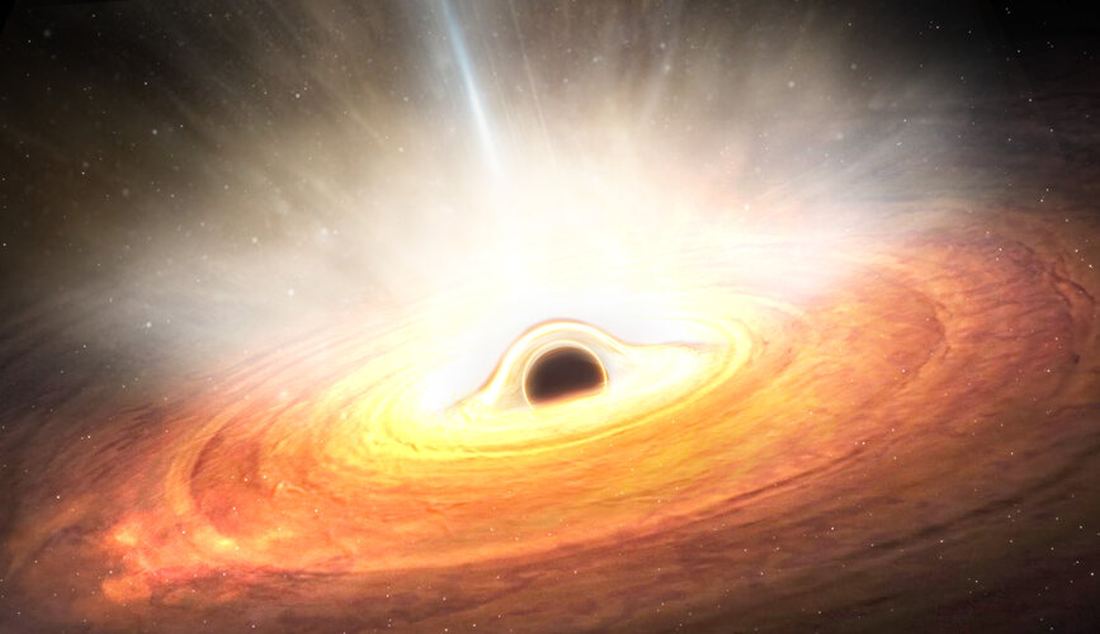In the field of modern astrophysics, one of the most tantalizing and enigmatic subjects is the formation and evolution of supermassive black holes (SMBHs). Recent advancements brought about by the James Webb Space Telescope (JWST) have provided unprecedented insights into the early Universe and challenged existing cosmological models. This article elaborates on recent findings concerning how these supermassive black holes grew at astonishing rates in the epoch shortly after the Big Bang.
The Genesis of Supermassive Black Holes
Theories surrounding the formation of supermassive black holes have evolved significantly over the last few decades. Traditionally, it was believed that these colossal gravitational entities formed slowly over billions of years through the merging of smaller black holes or by accumulating mass from surrounding gas and dust. However, observations from JWST have led to a paradigm shift, revealing enormous SMBHs that existed less than a billion years after the Big Bang, challenging our understanding of cosmic evolution.
Cosmic Dawn and Its Significance
Cosmic Dawn refers to the period in the early Universe when the first galaxies and stars began to form. Understanding this time frame is crucial for astrophysicists as it sets the stage for the evolution of structures in the Universe. Using JWST, astronomers have been able to peer deeper into the cosmos than ever before, revealing numerous galaxies populated with SMBHs that seem to have grown much faster than current theoretical models can explain.
Key Findings from JWST Observations
A Surprising Abundance of Early SMBHs
The latest data focusing on high-redshift quasars (which are powered by SMBHs) indicates that these structures are far more common and massive than previously anticipated. For instance, one particularly remarkable quasar identified by JWST is EGSY8p7, which existed just 570 million years after the Big Bang and houses a black hole weighing approximately 9 million solar masses.
Fast Accretion Rates Driving Growth
One of the principal theories to explain the rapid growth of these SMBHs is the mechanism of fast accretion. This process helps in the supply of matter directly into the black holes, allowing them to accumulate mass significantly faster than traditional models predicted. Alessia Tortosa, a leading researcher from the National Institute for Astrophysics (INAF), states that fast accretion rates observed could differ within various cosmic environments, underpinning the key to understanding these extraordinary entities.
| Quasar | Mass (Solar Masses) | Redshift | Estimated Age (Myr after Big Bang) |
|---|---|---|---|
| EGSY8p7 | 9 Million | 7.7 | 570 |
| UHZ1 | 40 Million | 7.6 | 470 |
| CEERS 1019 | 40 Million | 7.5 | 475 |
Possible Formation Routes
Several hypotheses are explored in the contemporary literature regarding the potential formation routes for these early SMBHs. Some of the main theories include:
- Primordial Black Holes: These could have served as "seeds" for subsequent black hole growth through mergers and accretion, leading to the formation of SMBHs.
- Rapid Star Formation: In high-density environments, rapid star formation could provide substantial mass to growing black holes.
- Dark Matter Contribution: The influence of dark matter in the regions surrounding black holes may contribute to accelerated accretion rates.
The Role of X-rays in Understanding SMBH Growth
One of the key methodologies for studying SMBHs is examining their X-ray emissions. Research has demonstrated that there is a connection between the speed of winds ejecting matter from quasars and the temperature of surrounding gas near the black hole's energetic regions.
The Discovery of X-ray Wind Correspondence
Tortosa and her team's study of 21 quasars revealed an intriguing relationship between X-ray emissions and accretion processes, which suggests that quasars with specific properties could manifest higher growth rates.
| Aspect | Observed Metric | Growth Impact |
|---|---|---|
| X-ray Emission | Low-energy | Faster Accretion |
| Temperature | Decreased | Increased Wind Speed |
| Growth Rate | Exceeded Eddington Limit | Rapid Formation |
Implications for Cosmic Structure Formation
The implications of these findings extend beyond the realm of black hole research to potentially redefine our understanding of the formation and evolution of cosmic structures. The existing models need to accommodate the evidence of rapid SMBH growth, suggesting that many cosmological processes may differ from the currently accepted timelines and constraints.
Future Directions
Ongoing and future projects aim to uncover further details about the nature of supermassive black holes. Planned observatories such as the European Space Agency's ATHENA and NASA's Lynx X-ray Observatory are expected to delve deeper into these cosmic enigmas, allowing for more precise investigations concerning the growth mechanisms behind supermassive black holes specified in the early Universe.
For More Information
For an extensive overview of the findings related to the understanding of supermassive black holes, please explore the following resources:
References:
Williams, Matt. "New Research may Explain how Supermassive Black Holes in the Early Universe Grew so Fast." Universe Today, December 12, 2024.




